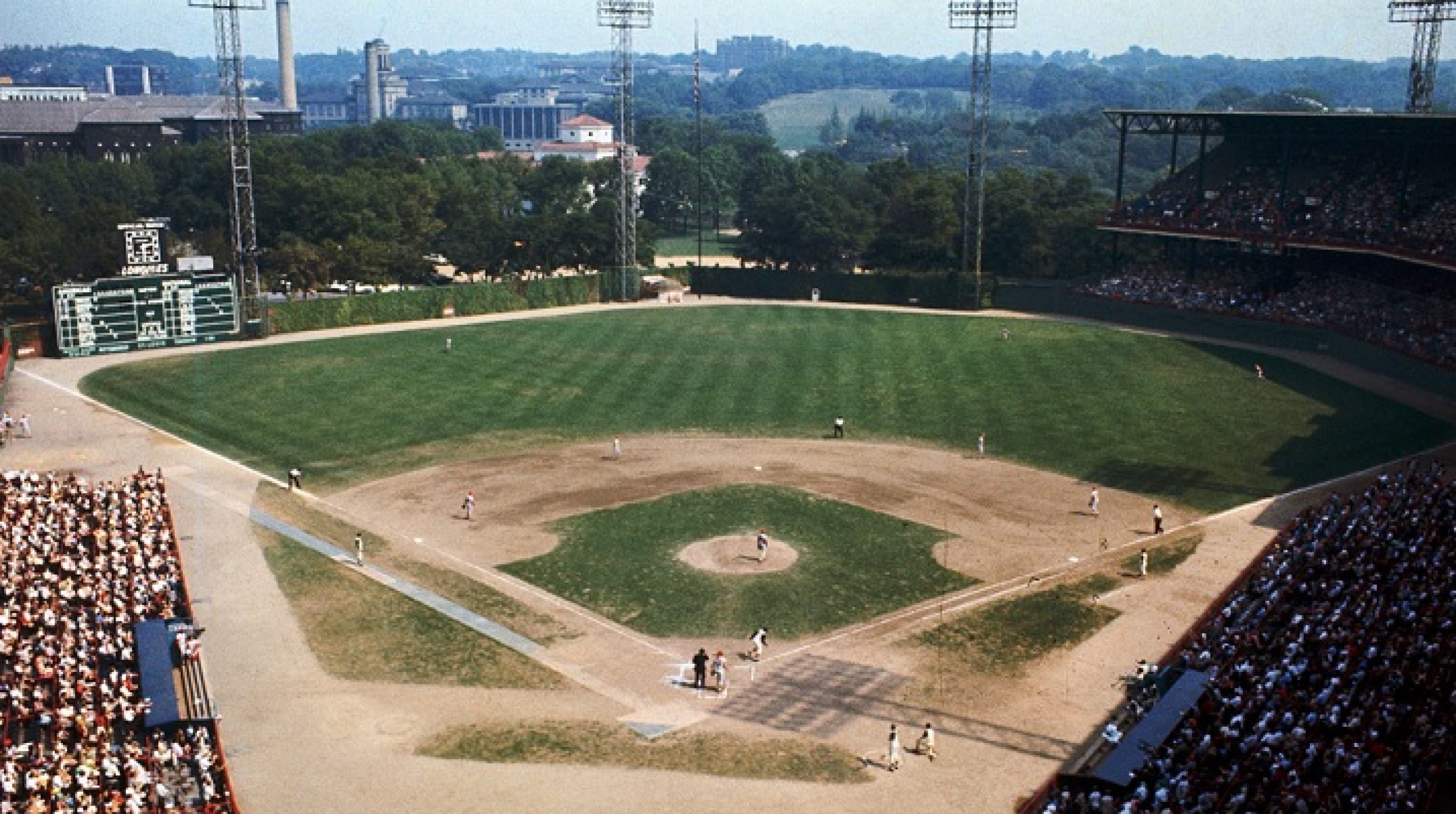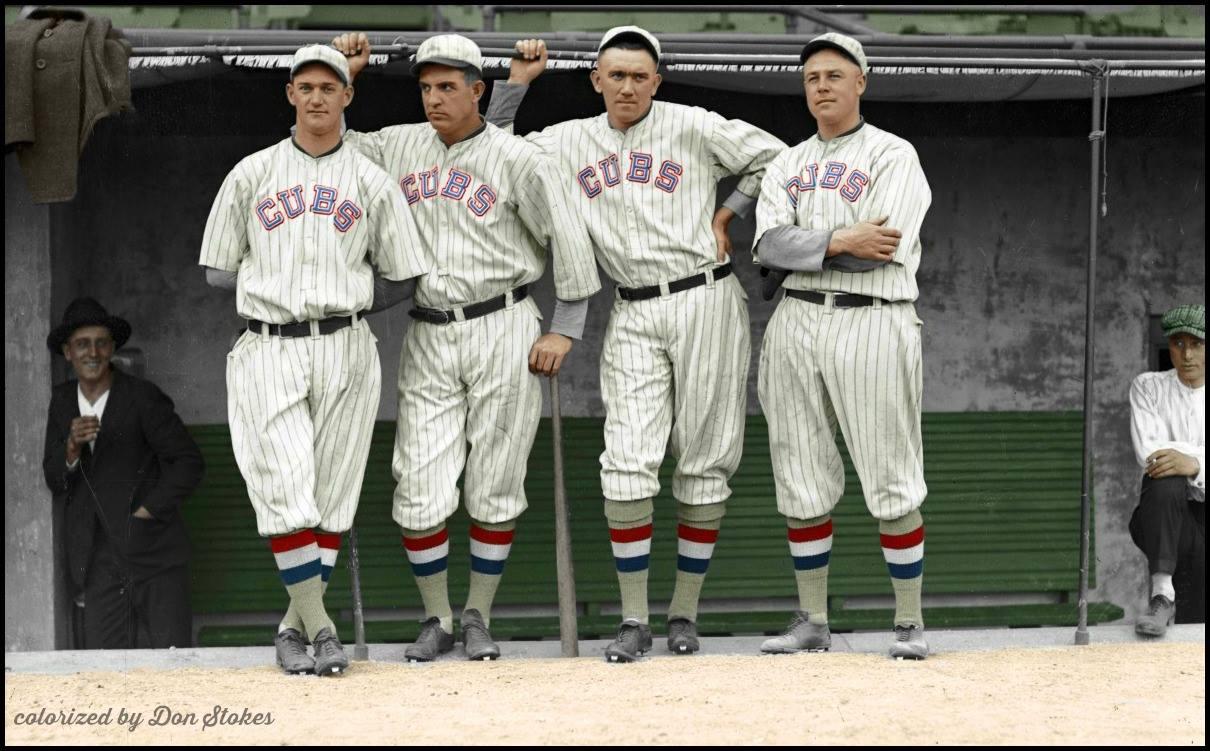Panoramic Photo Above:
Forbes Field, Pittsburgh

Baseball History Comes Alive Now Ranked As a Top Five Website by Feedspot Among All Baseball History Websites and Blogs!
(Check out Feedspot's list of the Top 35 Baseball History websites and blogs)
Guest Submissions from Our Readers Always Welcome! Click for details
Visit the Baseball History Comes Alive Home Page
Subscribe to Baseball History Comes Alive
Free Bonus for Subscribing:
Gary’s Handy Dandy World Series Reference Guide
Who Else Besides Pete Rose and Shoeless Joe Jackson Were Reinstated on May 13th?
The Case For Shufflin’ Phil Douglas!
“A person no longer with us cannot represent a threat to the integrity of the game” -Baseball Commissioner, Rob Manfred (1)
Amid all the media hoopla given to the recent reinstatements of Pete Rose and Shoeless Joe Jackson, it’s easy to overlook that a total of seventeen players were given a reprieve by Commissioner Rob Manfred. Eight were members of the Black Sox and included, in addition to Shoeless Joe, star players Eddie Cicotte and Buck Weaver.
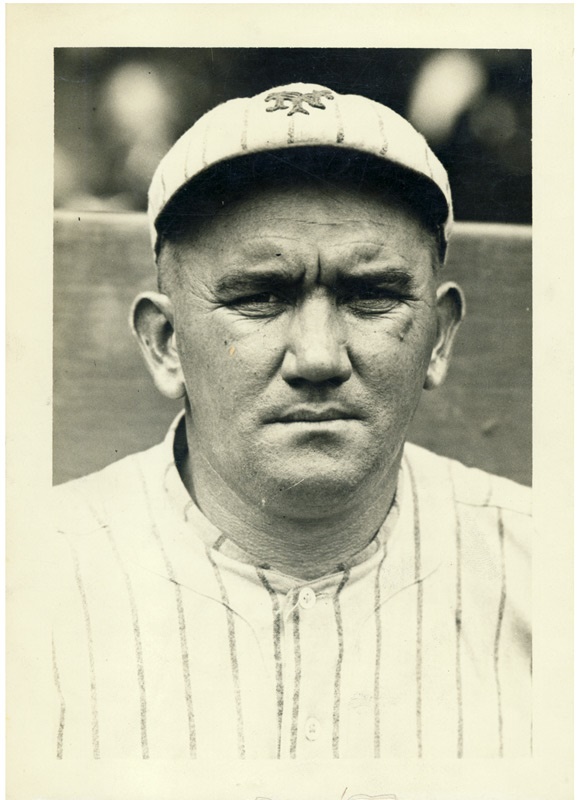
One of the nine remaining players reinstated was Sufflin’ Phil Douglas, a long forgotten ace pitcher from the early decades of the twentieth century who acquired his great baseball nickname due his slow, plodding gait while walking in from the bullpen to the mound.
A recent article in Sports Illustrated, “Overdue Return,”* called attention to the unfortunate plight of the Cedartown, Georgia native. Without mincing words, the author states: “Phil Douglas was, in the harsh judgment of his day, a drunk” (2). Those of us with some familiarity with the 6’3”, 190-pound right hander might describe his condition a bit more charitably by saying that he “suffered from the disease of alcohol addiction;” but either way, there’s no doubt that heavy drinking played a major role in cutting Phil’s promising career short.
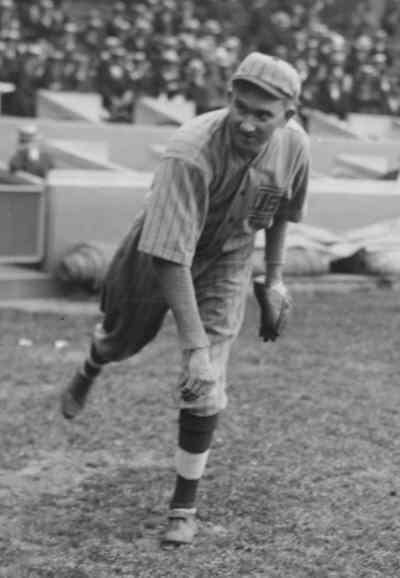
(In the featured photo above, beautifully colorized by Don Stokes, we see Phil Douglas second from right, with the 1918 Cubs starting pitchers: Lefty Tyler, Hippo Vaughn, and Claude Hendrix)
I knew of Phil and his lifetime banishment from baseball due to my familiarity with the 1918 pennant-winning Cubs in which he was a mainstay of the staff. As one of the 17 spitballers grandfathered out after the trick pitch was banned following the 1920 season, Phil is remembered for both his dazzling “wet one,” and his erratic, often drunken, behavior.
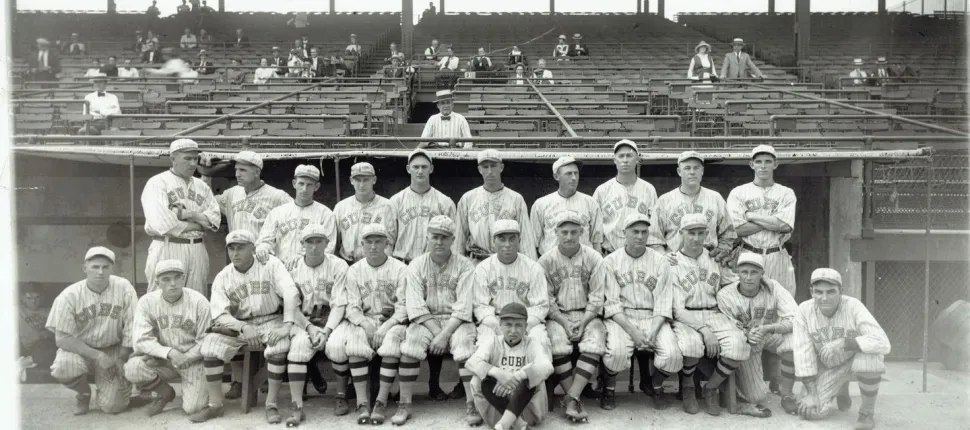
After he landed with the Giants in 1919 following a midseason trade from the Cubs, his penchant for the bottle became a source of constant strife between him and his manager, John McGraw. In spite of the ongoing conflicts, he responded with a respectable 1920 season, going 14-10 with a 2.63 ERA. The following year, he starred for the 1921 World Series champion Giants, posting a 15-10 record in the regular season, and then followed with two wins in the World Series, during which he struck out Babe Ruth three times.
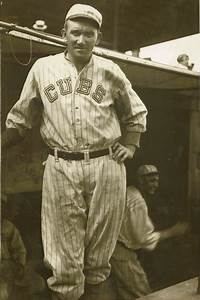
By July of 1922, he was well on his way to having the best season of his career with an 11-4 record and a league-leading 2.63 ERA. Unfortunately, his major league baseball career came to a crashing halt the following month, as he was banned for life by Judge Landis for reasons that will be explained below.
At one point during the 1922 season, McGraw hired a “keeper” to monitor Douglas’ off-field behavior and hopefully keep him sober. After a bad outing on July 30, McGraw had him “kidnaped” and forcibly admitted to New York’s West End Sanitarium, where he underwent the “Keeley Cure”: stomach pumping, hot soaks, and injections of tranquilizers (3). Following his release five days later, he was viciously berated in front of his teammates by McGraw. By then, Douglas had all he could take of McGraw and his dictatorial ways and he requested a trade – which was denied.
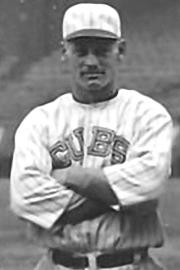
And then he let his frustrations overtake his better judgment. At this low point in his career, he wrote an alcohol-fueled letter addressed to his friend and former Cub teammate, Les Mann, now with the Cardinals. It was a letter that would have lasting effects on Douglas’ life and included this passage:
“I want to leave here but I want some inducement. I don’t want this guy to win the pennant and I feel if I stay here I will win it for him. If you want to send a man over here with the goods, I will leave for home on next train. I will go down to fishing camp and stay there.” (4)
What were his intentions in this ill-advised letter? Was he actually seeking compensation from Cardinal players in return for leaving the Giants, thus enhancing the Cardinals’ chances of winning the pennant? That seems a bit far-fetched. Or was he just venting his frustrations after years of putting up with McGraw? He certainly wasn’t the only player who crossed paths with the “Little Napoleon.”
The trust Douglas had placed in Les Mann by sending him this letter was soon betrayed. The letter eventually found its way into the hands of Judge Landis who interpreted Douglas’ intentions in the worst possible way and immediately rendered him bannished for life from baseball:
“He is a disgraced ball player just as crooked as the players that threw the 1919 World Series. He will never play another game in organized baseball and not a league will knowingly admit him to its parks.” (5)
Over the years, great-grandson Joshua Frizzell became familiar with Phil’s predicament and was aware of the devastating effect it had on Phil and his family. In a recent interview, he said that Phil had made a silly mistake and, from what he had heard from family sources, “He felt instant regret after writing it. He just made a stupid drunk decision.” (6)
Phil finished his nine year career with a 94-93 record and a 2.80 ERA. His 2.63 ERA in 1922 led the league; and his 1.192 WHIP is currently good for 146th all-time. Those numbers aren’t too bad considering all the thousands of major league pitchers who have come and gone over the past 150 years.
In later years, Phil vehemently protested his innocence:
“I never threw a game in my life and my record during my years in baseball speaks for itself. McGraw gave me a dirty deal and the public will soon find out that I am innocent. I haven’t always kept in the best condition but I’ve always done my best…I want the public to know that I am not guilty of any crooked ball.” (7)
With the 20-20 hindsight afforded us from our perspective of over 100 years later, it seems to us that the punishment rendered to Phil Douglas for writing this ill-advised letter, while visibly under the influence of alcohol, was harsh. Perhaps an inquiry to determine his actual intentions followed by a year’s suspension would have been more appropriate punishment. However, Landis was still operating in the aftermath of the 1919 Black Sox scandal, and the integrity of the game was his highest priority. In that light, this harsh verdict seems understandable if not completely justified.
Following the media attention given to the reinstatement of Pete Rose and Joe Jackson, Phil Douglas’ reprieve is little more than a footnote, noticed only by people like us – the most avid students of baseball history. Surviving members of his family, however, in his adopted state of Tennessee were thrilled to hear the news. To them, it’s a small measure of justice, as the shame of a permanent banishment from baseball, the game he loved, is permanently removed from his legacy.
Phil Douglas’ plight serves as a reminder to all of us that sometimes even the most inconsequential things we do – often in anger or frustration – can have lasting repercussions. Phil Douglas died on August 1, 1952 in Sequatchie, Tennessee, at age 62, and was buried in Tracy City, Tennessee.
Gary Livacari
*Thanks to Bill Cunniff for calling my attention to this article.
Sources and background information:
The Phil Dougles Wikipedia page
Sports Illistrated article “Overdue Return,” August, 2025, by Mark McCarter.
(1) ibid.
(2) ibid.
(3) ibid.
(4) ibid.
(5) ibid.
(6) ibid.
(7) ibid.
Subscribe to Baseball History Comes Alive. FREE BONUS for subscribing: Gary’s Handy Dandy World Series Reference Guide. https://wp.me/P7a04E-2he
